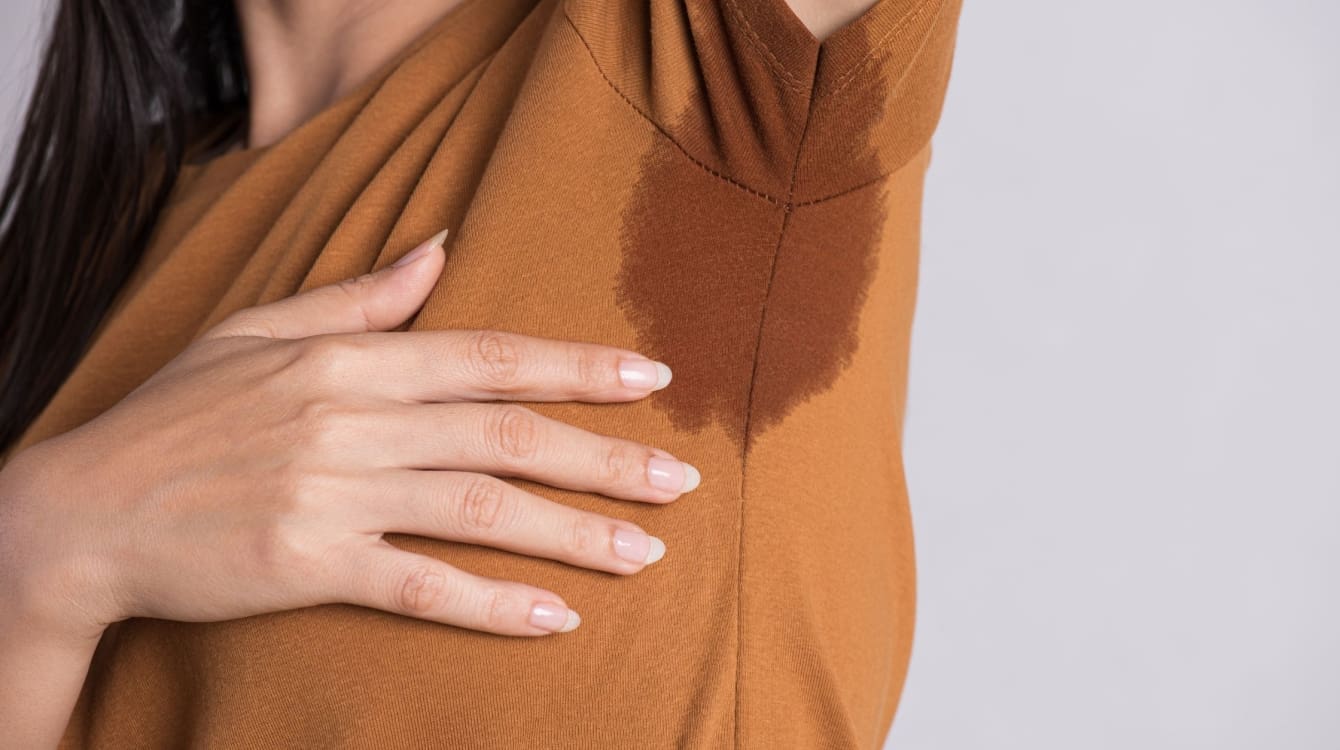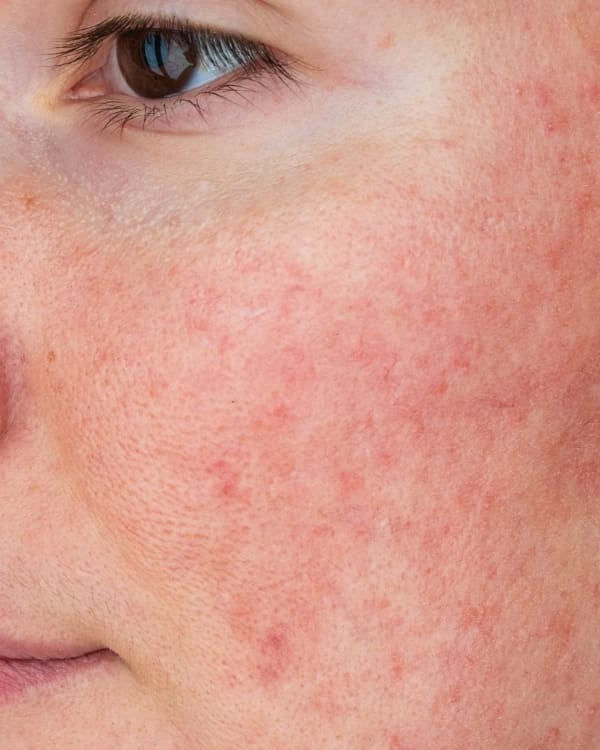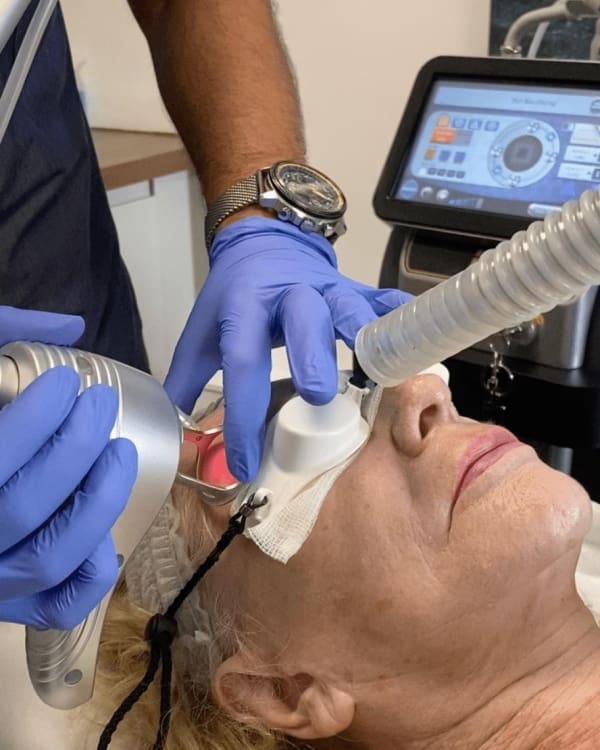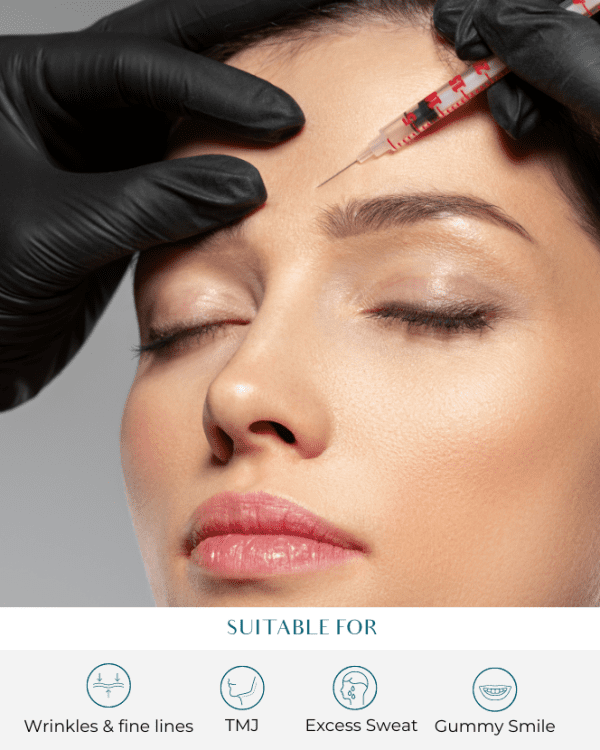Botox for Hyperhidrosis: Benefits, Costs, and Considerations
Botox for Hyperhidrosis: Benefits, Costs, and Considerations

Understanding Hyperhidrosis and Excessive Sweating
Hyperhidrosis is a condition where the body’s nervous system triggers excess sweating, even in situations that don’t typically require cooling. Affecting around 5% of the global population, according to the International Hyperhidrosis Society, this condition can target specific body parts like the underarms, hands, feet, face, chest, or forehead. Various treatments, including Botox, are available to help reduce excessive sweating and improve the quality of life for those affected.
Primary hyperhidrosis often appears without an underlying cause, while secondary hyperhidrosis can result from triggers such as medications, low blood sugar, or other medical conditions. The excessive perspiration can significantly disrupt daily life, leading to discomfort, embarrassment, and limitations in professional and social settings.
How Botulinum Toxin Injections Work
Botulinum toxin injections, commonly known as Botox, provide an effective treatment option to treat hyperhidrosis by targeting overactive nerves responsible for sweat production. Botox blocks the neurotransmitter acetylcholine, which signals sweat glands to produce sweat. By doing so, it effectively halts excessive perspiration in treated areas.
Botox is great for treating excessive sweating in areas like the underarms (axillary hyperhidrosis), and other body parts, including the forehead, hands, and feet. Botox treatment involves injecting botulinum toxin into specific skin regions in a grid pattern, using a fine needle.
Benefits and Results
Patients who receive Botox injections for hyperhidrosis typically notice a significant reduction in sweating within two weeks of treatment. Results last approximately 4 to 6 months, with some patients experiencing relief for up to a year. The benefits include:
- Enhanced confidence in social and professional settings.
- The ability to wear a broader range of clothing without worrying about visible sweat stains.
- A marked improvement in quality of life, free from the anxiety of sweating excessively.
Follow-up treatments are often recommended when the effects of Botox begin to wear off, ensuring continued control over excessive sweating. Regular follow-up Botox treatments are essential to maintain the effectiveness of the injections and ensure continued control over excessive sweating.
Botox For Hyperhidrosis Costs
BTX-A costs will vary depending on the area in which you sweat excessively, and how much you will need.
For Hyperhidrosis for armpits, hands, or feet, our prices start from £395.
For Upper Lip/Forehead, our prices start from £195.
BTX-A may not be available on the NHS, which is may you want to turn to a private clinic.
The Botox Procedure
Botox treatment for hyperhidrosis is a quick, straightforward, and minimally invasive procedure to treat excessive sweating. During a consultation, a medical professional will assess your symptoms and identify the areas requiring treatment.
The injection process typically takes 15-30 minutes and involves minimal discomfort. Numbing agents may be applied to the injection site for added comfort. After the procedure, there’s no downtime—patients can resume their daily activities immediately.
Aftercare
After receiving Botox injections for excessive sweating, following a proper aftercare routine is crucial to ensure optimal results and minimize potential side effects. Here are some essential guidelines to help you recover smoothly:
- Avoid Strenuous Activities: For at least 24 hours after your Botox treatment, steer clear of strenuous activities such as exercise or heavy lifting. This helps prevent the Botox from spreading to unintended areas and ensures it stays effective in reducing excessive sweating.
- Keep the Treated Area Clean and Dry: Maintaining cleanliness is vital to prevent infection. Gently clean the treated area and keep it dry, especially in the first 24 hours post-treatment.
- Avoid Touching or Rubbing the Treated Area: Refrain from touching or rubbing the injection sites. This can cause the Botox to spread to other areas, potentially reducing its effectiveness in targeting sweat glands.
- Skip Makeup and Skincare Products: For at least 24 hours, avoid applying makeup or skincare products to the treated area. This precaution helps prevent irritation and ensures the Botox injections work as intended.
- Stay Away from Extreme Temperatures: Avoid exposure to extreme temperatures, such as saunas or hot tubs, for at least 24 hours. High heat can increase blood flow to the treated areas, potentially affecting the distribution of Botox.
- Follow Healthcare Provider’s Instructions: Your healthcare provider may have specific aftercare instructions tailored to your treatment. Adhering to these guidelines will help you achieve the best possible results.
By following these aftercare tips, you can help ensure a smooth and successful recovery from Botox injections for excessive sweating, allowing you to enjoy the benefits of reduced perspiration.
Lifestyle Changes to Enhance Results
In addition to Botox, simple lifestyle adjustments can help manage symptoms between treatments:
- Avoid triggers like spicy foods, stress, or hot environments.
- Use medical-grade antiperspirants.
- Wear breathable fabrics to minimize sweating.
These measures, combined with Botox, can provide comprehensive relief from excessive sweating.
Alternatives and Considerations
While Botox is an effective treatment for hyperhidrosis, other options may also help:
- Prescription-strength antiperspirants.
- Oral medications that regulate the body’s nervous system.
- Surgical procedures, such as sweat gland removal, in severe cases.
Discuss your treatment options with a medical professional to determine the best approach for your needs.
Maintenance and Follow-up
To maintain optimal results, regular follow-up appointments are recommended. The frequency of injections depends on individual response and the severity of hyperhidrosis. Patients can schedule touch-ups when sweating begins to return, ensuring consistent relief.
With ongoing care, Botox offers a safe, effective, and life-changing solution for managing hyperhidrosis. By working closely with a trained clinician, you can regain control and improve your quality of life.
Conclusion
Botox injections offer a safe and effective solution for managing excessive sweating, also known as hyperhidrosis. By blocking nerve signals to the sweat glands, Botox significantly reduces excessive sweat production, leading to improved quality of life and enhanced confidence.
While Botox injections are a widely recognized treatment for excessive sweating, it’s essential to consult with a qualified healthcare provider to determine the best course of action for your individual needs. A professional assessment ensures that you receive the most appropriate and effective treatment.
With proper aftercare and regular follow-up treatments, Botox can provide long-term relief from excessive sweating. This allows you to live a more comfortable and confident life, free from the anxiety and discomfort of excessive perspiration.
If hyperhidrosis is affecting your daily life, consider exploring Botox treatment as a viable option. With proven results and minimal downtime, Botox can help you regain control and improve your overall quality of life.
Contact Us
If hyperhidrosis is affecting your daily life, consider consulting with a medical professional about Botox treatment. With proven results and minimal downtime, it’s an effective treatment option that can help you live more confidently and comfortably.





















